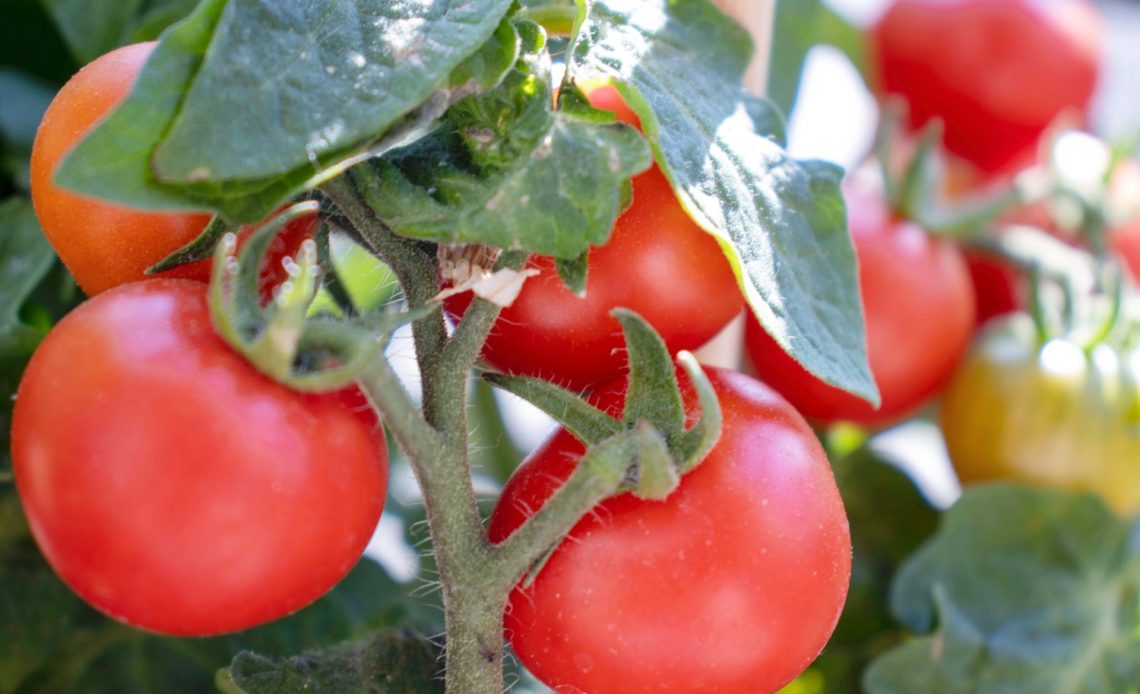

We’re here to help! Wild Yards is a completely free website that is 100% dedicated to helping you create a wildlife-friendly, sustainable yard. Read more
WildYards is reader-supported. When you buy a product through a link on our site, we may earn a comission. Every product is independently selected by our (obsessive) editors and our reviews are unbiased and objective. Read more about our mission or our privacy policy.
Tomatoes are a staple of many backyard gardens because they’re so versatile.
You can use tomatoes in soups, salads, and sandwiches. Tomatoes are a critical ingredient of traditional Mexican dishes, especially salsa. And Italian dishes would be completely lost without tomatoes.
Can you imagine pasta, lasagna, and pizza without tomatoes? Of course not!
Tomatoes are delicious, and, fortunately, they’re easy to grow. But they can run into some problems that can make growing a successful crop difficult.
Many gardeners use bone meal for tomatoes, but how exactly does this organic fertilizer benefit tomato plants, and why should you use it in your garden?
Tomatoes benefit from the phosphorus and calcium that bone meal provides. Bone meal contains roughly 13% calcium and 15% phosphorus, and can be fed to tomato plants to prevent blossom end rot.
What is bone meal?
A high-phosphorus fertilizer and popular alternative to rock phosphate and potash, bone meal is a byproduct of the meat industry.
The bones themselves are sourced from slaughterhouses and heated to a high temperature to neutralize bacteria and fungal pathogens.
Once sterilized, the bones are ground into a fine powder, and voila — bone meal.
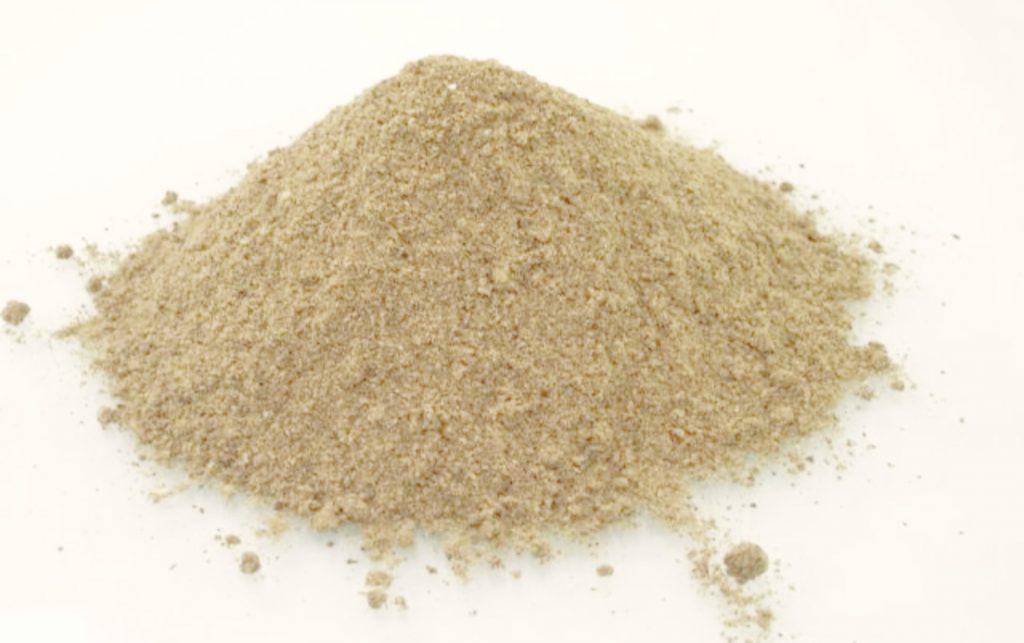
What makes bone meal a good fertilizer?
Bone meal is a wonderful fertilizer for a variety of plants, from flowering shrubs like roses to fruit trees like apples and lemons.
Bone meal is also good for feeding tomato plants and can be used to enhance the quality of your crop.
But what makes bone meal such a great choice of fertilizer? Let’s find out.
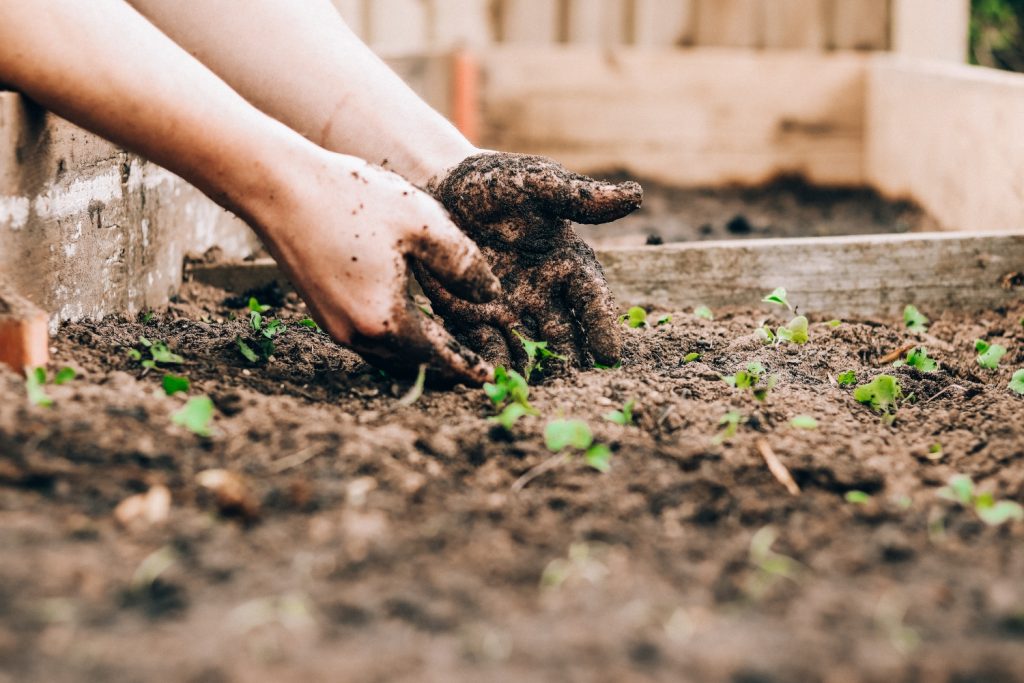
Bone meal contains a high amount of phosphorus
Bone meal is a potent source of phosphorus for plants, and has an NPK ratio of 3-15-0. It is highly absorbable and a sustainable all-natural fertilizer that’s suitable for organic gardens.
Many gardeners rely on bone meal to feed their plants during the flowering and fruiting season.
Phosphorus plays a crucial role in replicating DNA and RNA, genetic materials that plants need to reproduce.
Phosphorus also enables plants to develop new tissues so their fruits can grow and ripen.
This element can be found in adenosine triphosphate (ATP), a molecule that provides every living cell, in plants and animals, with the energy they need to carry out their various functions.
Without phosphorus, plants may fail to flower or fruit and develop dark, dull foliage. Leaves turn blue-green or red-purple, and the oldest leaves are usually the first to be affected.
Phosphorus deficiency results in new leaves that are smaller than healthy ones. Plants with phosphorus deficiency may also produce fewer new shoots.
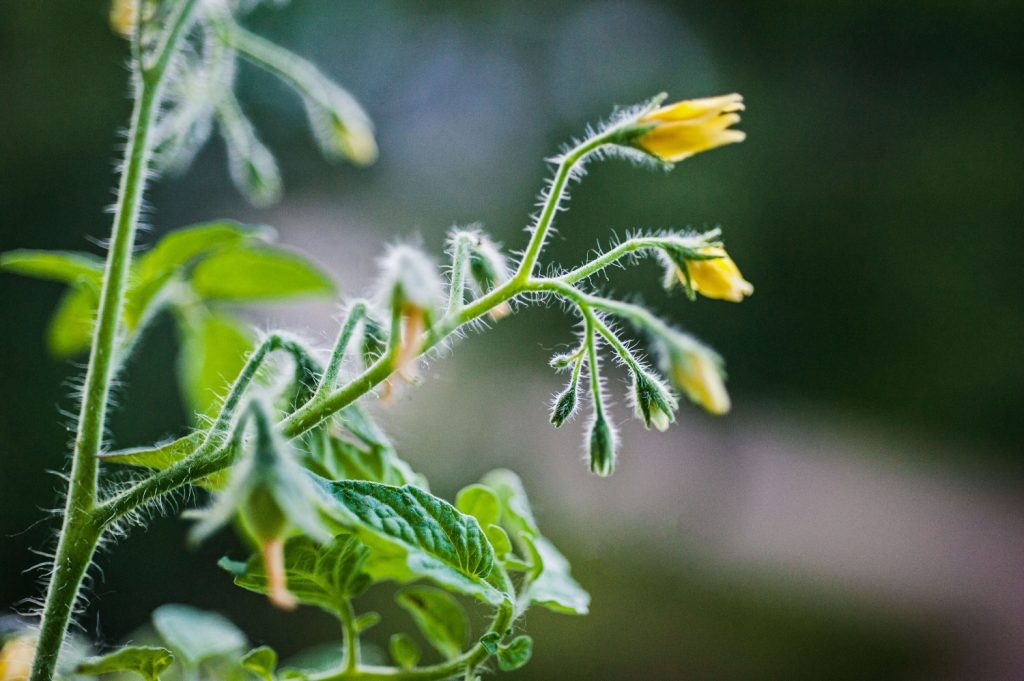
Bone meal is a good source of calcium
In addition to phosphorus, bone meal is also a fantastic source of calcium.
Bone meal contains around 13% calcium, and the calcium it contains, calcium-hydroxyapatite, is a form that is easy for plants to absorb.
Plants rely on calcium to maintain the structural integrity of their cell walls and various tissues. Without calcium, plants produce cells with weak outer membranes.
Not only do plants need calcium to stay strong and healthy, but adding calcium to the soil in the form of bone meal has the added benefit of neutralizing soil pH.
When soils are too acidic, nutrients become less available to plants. They have difficulty absorbing nitrogen, phosphorus, and potassium as well as micronutrients manganese, copper, zinc, and magnesium.
Calcium is alkaline in nature, so it raises soil pH.
Adding calcium to overly acidic soils via bone meal improves the soil’s pH value, allowing plants to access all of the nutrients that they need to grow healthy and strong.
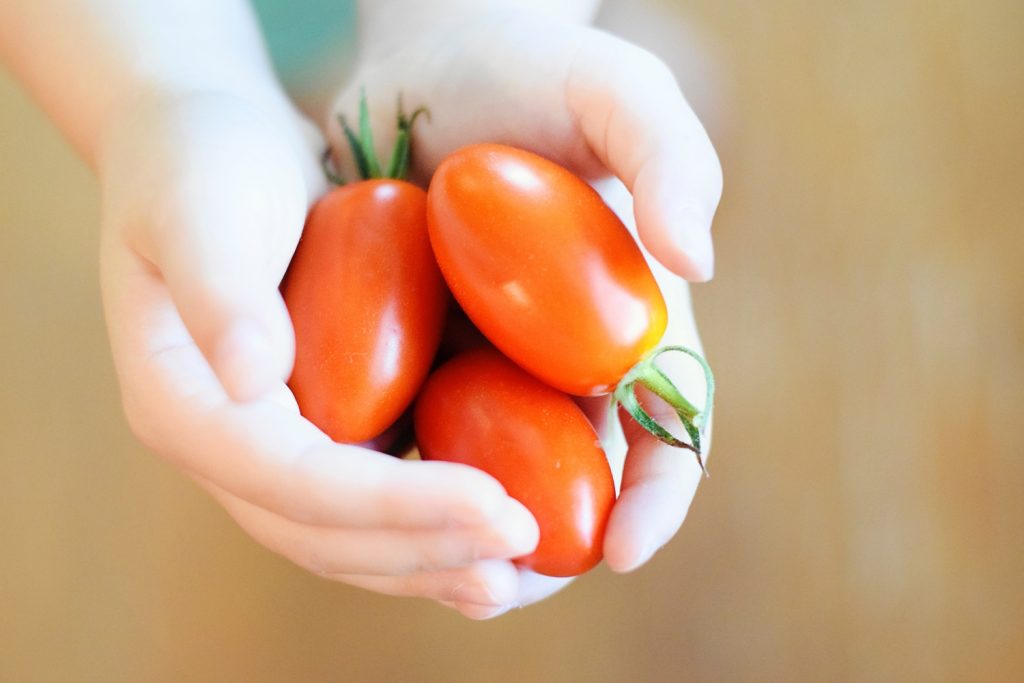
How does bone meal support healthy tomatoes?
The phosphorus and calcium in bone meal can have beneficial effects on any plant, especially those growing in soils that are naturally deficient in these two valuable nutrients.
But bone meal has long been used to cultivate healthier tomato plants that produce larger, better-tasting fruits.
Let’s take a look at how bone meal benefits tomato plants specifically.
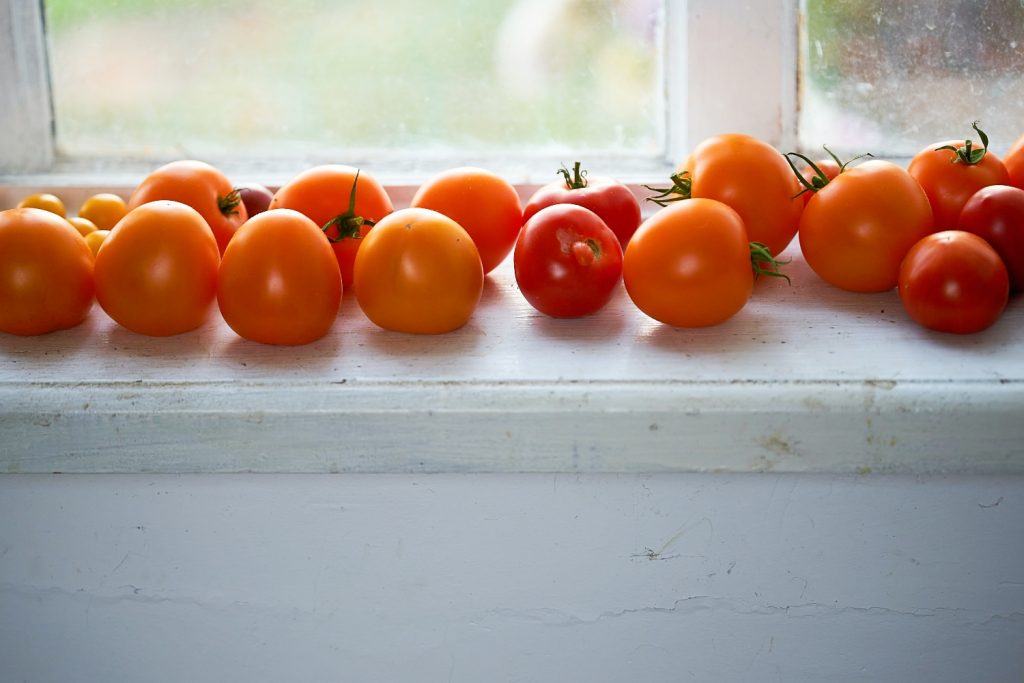
Bone meal provides tomatoes with the two nutrients they like best
Like all other plants, tomatoes need plenty of nitrogen, phosphorus, and potassium, as well as a broad spectrum of trace minerals to grow well.
But it’s worth noting that tomatoes are heavy feeders. So they require much higher doses of these key nutrients to stay healthy.
Because tomatoes use up so many nutrients, they benefit from being fertilized frequently.
But feeding them the wrong type of fertilizer can lead to nutritional imbalances. It’s important to feed tomatoes more of the nutrients they rely on the most.
For tomatoes, that means giving them plenty of nitrogen, phosphorus, potassium, and calcium. Your crop will perform best when you focus on these four key minerals.
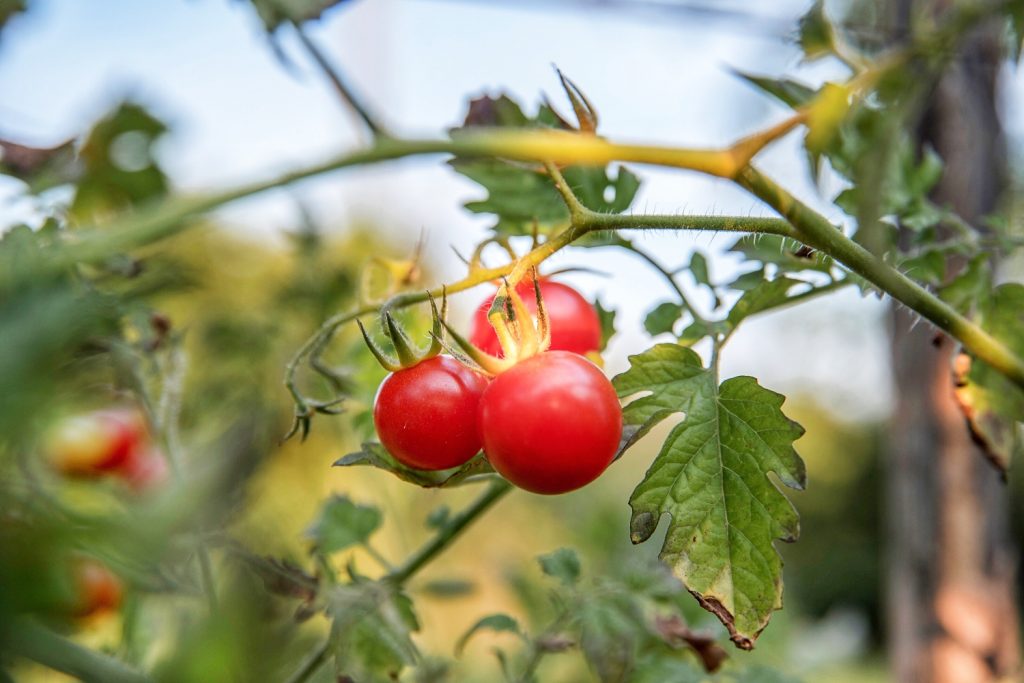
Bone meal improves soil pH for your tomatoes
Tomato plants prefer to grow in slightly acidic soils with a pH value of 6.2 to 6.8.
If the soil in your vegetable patch is too acidic, then the plants won’t be able to access all of the nutrients they need to thrive.
Remember, when the soil pH is too low, plants cannot access nitrogen, phosphorus, or potassium.
Fortunately, the added calcium bone meal contains helps bring the pH level up to a more suitable level for tomato plants so they can continue growing well.
Always test your soil before applying bone meal to avoid over-alkalinizing the substrate. Tomatoes are hardy enough to survive in slightly alkaline soils, but they certainly won’t perform well if the soil is too alkaline.
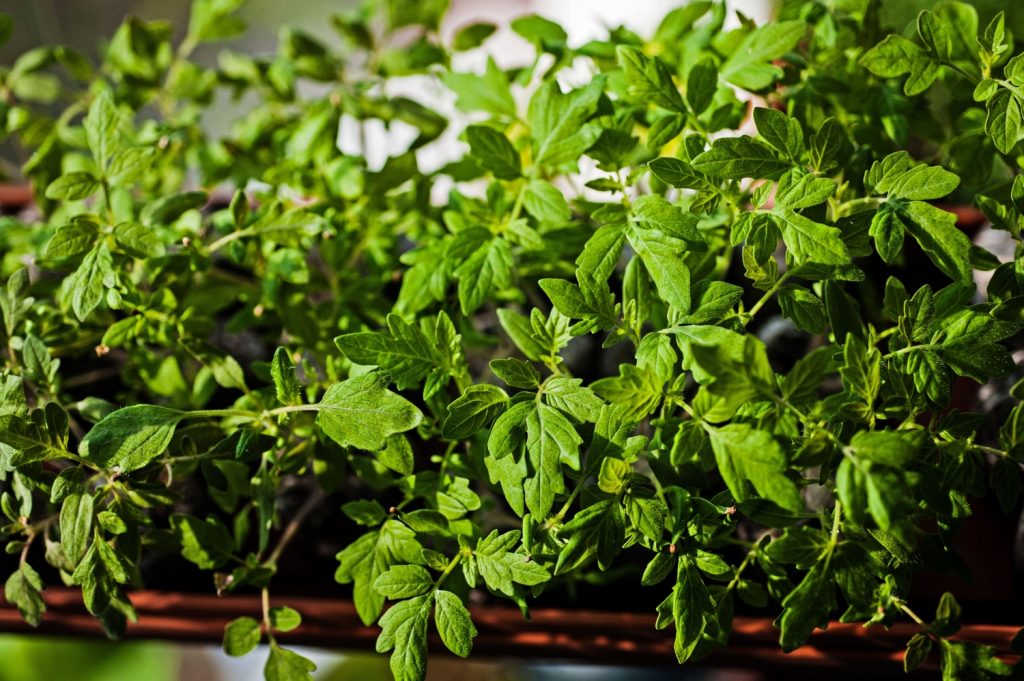
Bone meal helps prevent blossom end rot
One of the most significant benefits that bone meal has to offer tomato growers is that it can help prevent the dreaded blossom end rot.
In this condition, the blossom end of the tomato fruit begins to break down and rot, ruining the fruit before it fully ripens.
Contrary to popular belief, blossom end rot is not caused by foreign pathogens. Rather, it is the result of calcium deficiency.
Because calcium plays such a crucial role in cellular strength, when calcium levels in tomato fruits are too low, the fruits begin to break down, resulting in blossom end rot.
Of course, calcium deficiency isn’t the only cause of blossom end rot. Overwatering, underwatering, and other nutritional deficiencies can also contribute to the problem.
Although bone meal cannot address every factor that may be contributing to your tomato’s blossom end rot, it does help prevent calcium deficiency.
Regular applications of bone meal can help your tomato plants stave off this devastating disease so you have plenty of fruits to enjoy at harvest time.
Bone meal supports bigger, better fruits
By providing plants with the calcium they need to develop tomatoes with strong exteriors, bone meal helps your crop produce bigger, better-tasting fruits.
Calcium helps ward off blossom end rot giving your tomato fruits the time they need to ripen properly.
Overall, bone meal improves tomato quality, resulting in fruits with crisp skin and sweet, juicy flesh.
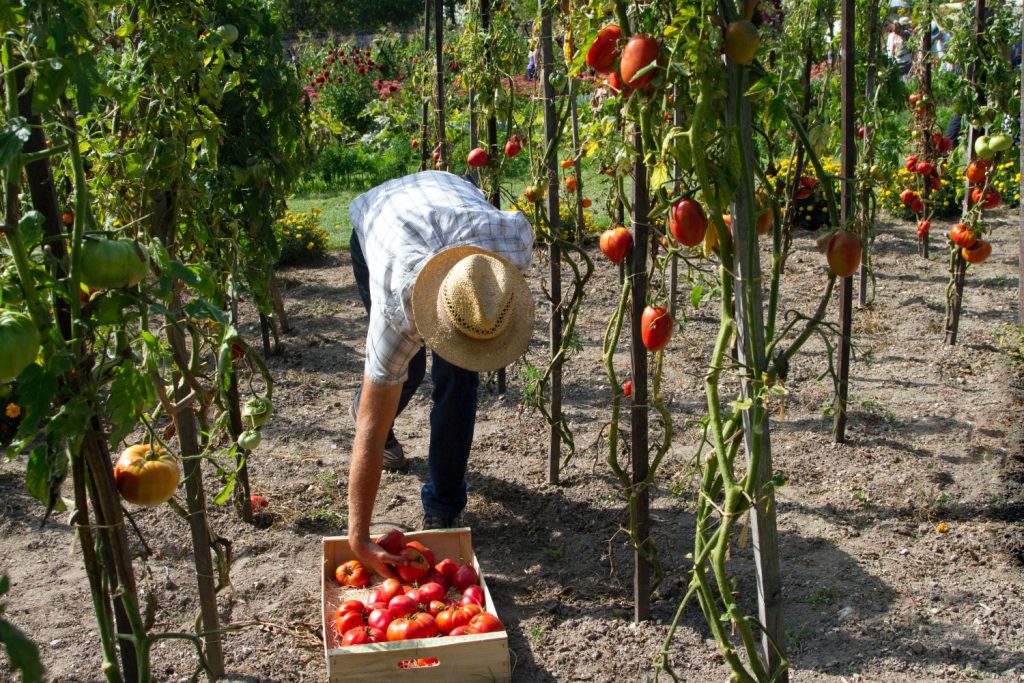
How to fertilize tomato plants with bone meal
Fertilizing your tomato crop with bone meal is easy. But different plants require different application methods depending on where they are in their growth cycle.
Note: When applying bone meal, or any other fertilizer, be sure to wear gloves, a mask, and goggles. Avoid applying the fertilizer on a windy day, so as not to inhale any of the powder or get it in your sinuses.
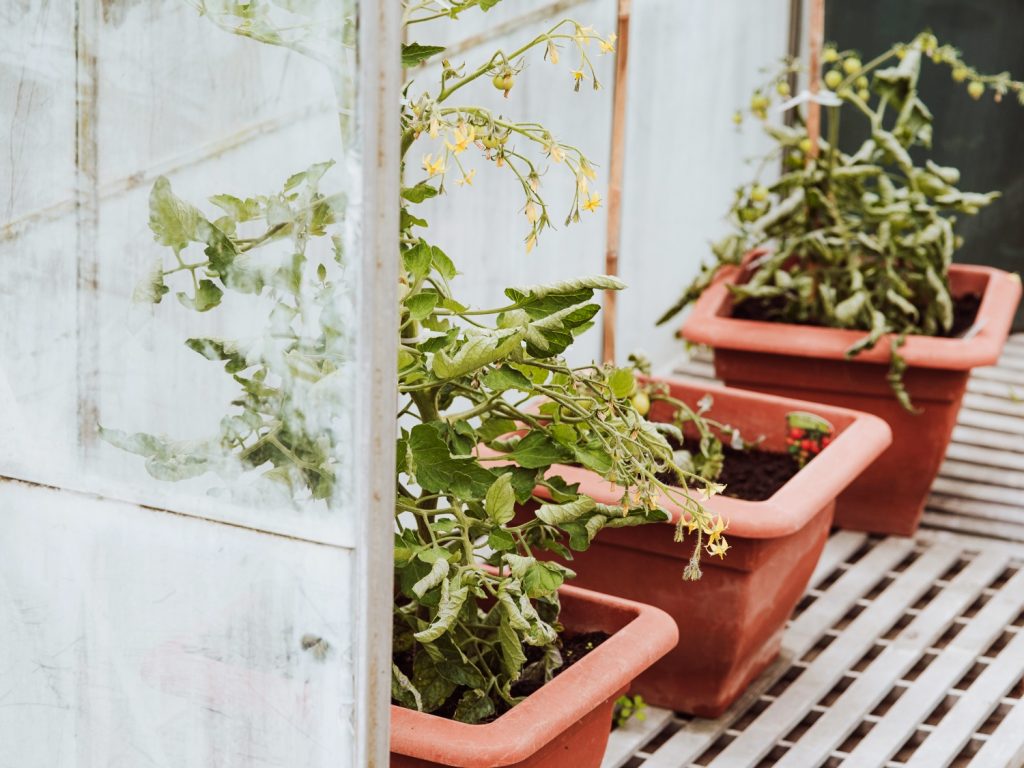
Before planting
The easiest way to feed your plants bone meal is to add it to the beds before planting.
Since soil nutrient profiles can vary wildly, it’s always a good idea to test the soil before amending it.
However, a good rule of thumb is to apply bone meal at a rate of 1 to 2 pounds per 100 square feet.
Be sure to include other organic substances to amend your soil as well, including blood meal, kelp meal, and manure.
Here’s another trick that can improve your tomato crop’s performance: water the plants with rice water once a month. This gives the plants an extra dose of nutrients to keep them healthy.
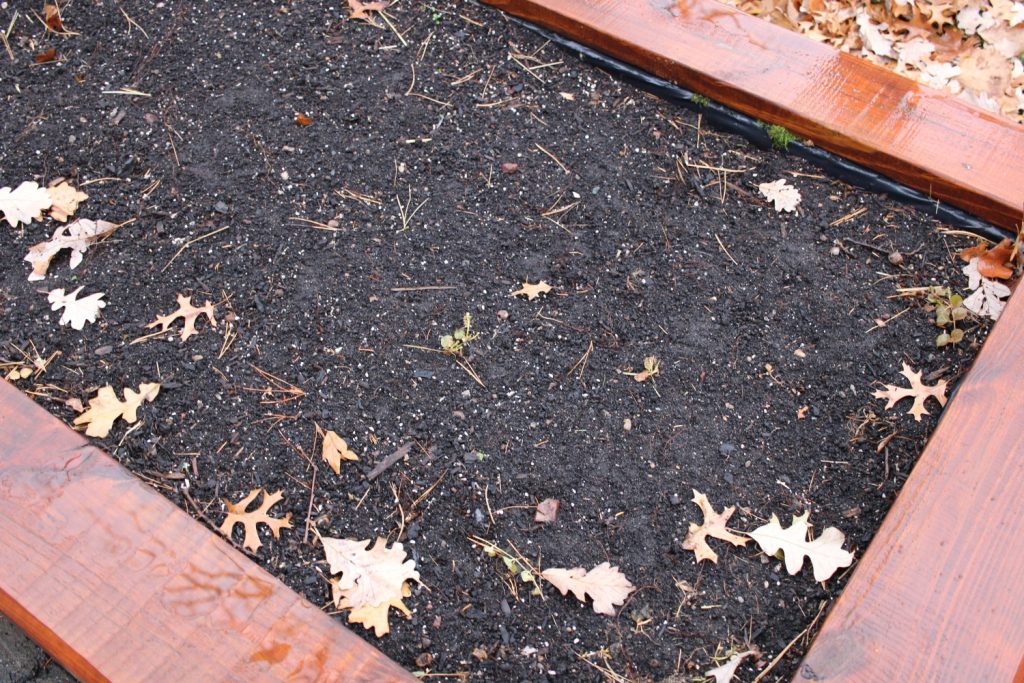
Seedlings
Young tomato plants benefit from bone meal because the extra dose of phosphorus helps them develop strong root systems.
You can fertilize your seedlings by sprinkling a teaspoon of bone meal around the tops of their peat pots.
Use your finger to gently work the powder into the soil, then water the plants well to help them absorb the nutrients.
Giving young tomato plants bone meal can help them grow much more quickly.
If you started your seedlings a bit late in the season, bone meal helps accelerate their growth rate so they’ll be ready to go out into the garden sooner.
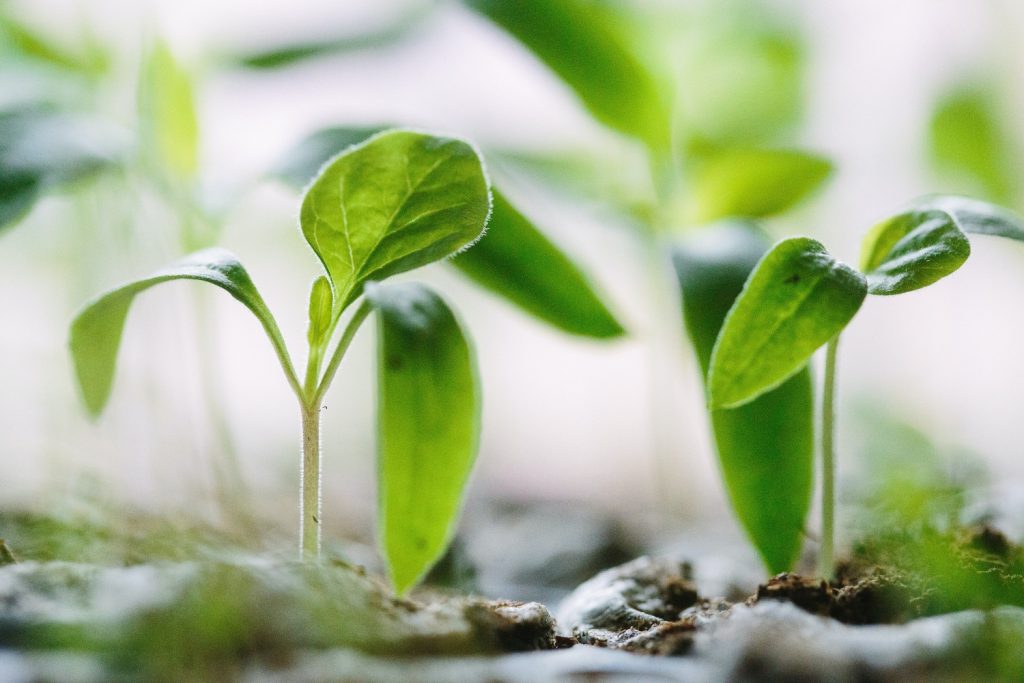
Newly transplanted tomatoes
Newly transplanted tomato plants benefit from being fertilized with bone meal for the same reason tomato seedlings do.
Bone meal helps reduce the risk of transplant shock by promoting the development of sturdy roots.
The extra phosphorus allows plants to produce more roots, allowing them to get established quickly and gain access to all of the nutrients and water they need to thrive.
Add 1 to 3 teaspoons of bone meal to your tomato’s new hole before transplanting.
If your tomato has already been transplanted then sprinkle the same dose around the base of the plant, and gently work it into the soil with a weed fork.
Be sure to cover the bone meal with soil so as not to attract animals. Water the soil well after fertilizing.
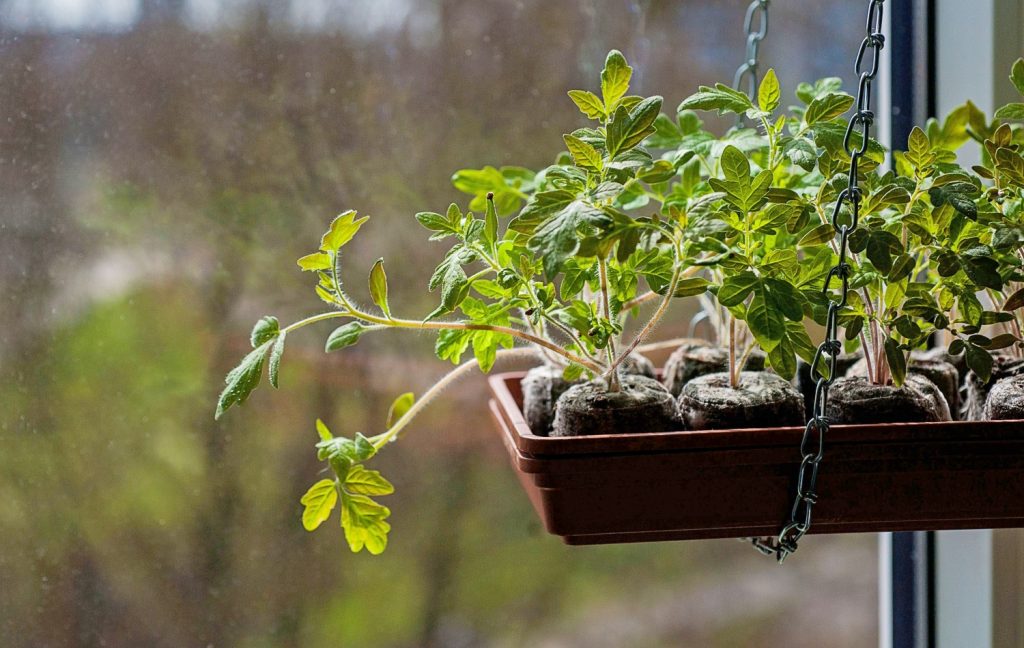
Flowering and fruiting plants
If you have yet to feed your tomato plants bone meal, and they’ve already been transplanted to the garden and are growing great, then give them a dose of bone meal once you see the first flowers appear.
This is when the tomato plant’s need for phosphorus begins to increase dramatically.
Giving them bone meal at this time enables the plants to produce more flowers, and to develop healthy fruits once the blossoms have been pollinated.
Sprinkle 1 to 2 tablespoons of bone meal around the base of the plant, and work it into the soil.
You can also stir the bone meal into a gallon of water to create a solution, and use this to water the plant instead.
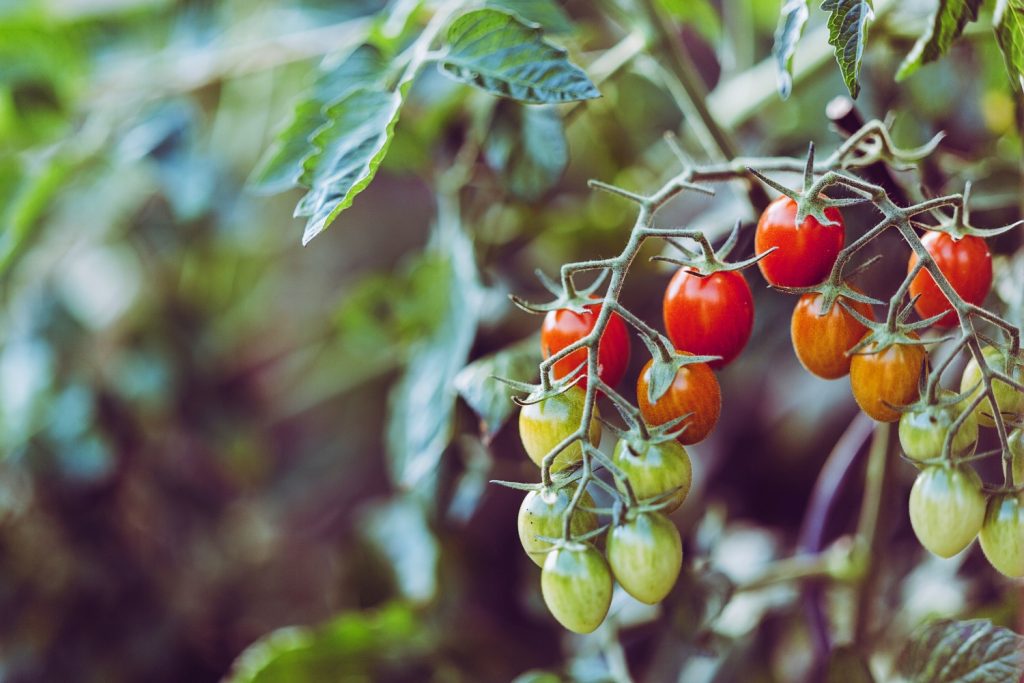
How often should you feed tomatoes bone meal?
Bone meal is great for tomato plants. But, as in all things, moderation is key!
In most cases, provided your tomato seedlings have been planted in loose, loamy soil that is rich in compost and drains well, your tomato plants will only need to be fertilized with bone meal once during the growing season.
You should always test your soil before applying any fertilizer to avoid adding too much of one nutrient and throwing your soil’s nutrient profile off balance.
If you’ve tested your soil and found it is significantly deficient in phosphorus and/or calcium, you may need to reapply bone meal once or twice more during the growing season to keep your tomatoes healthy.
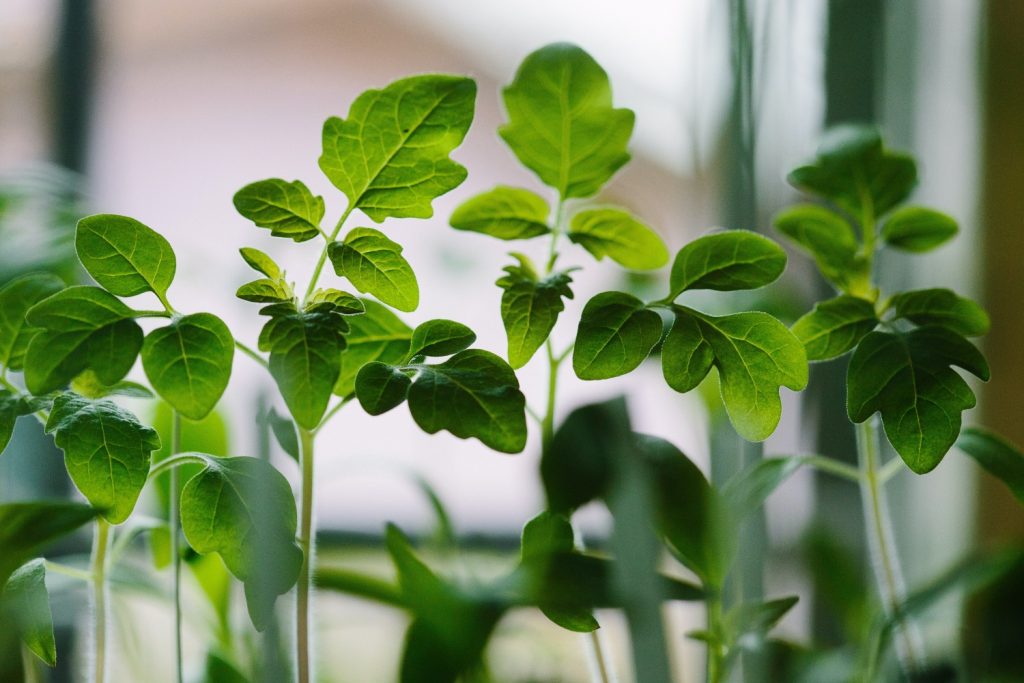
Are there any downsides to using bone meal for tomatoes?
By now, you know about the many benefits that bone meal has to offer tomato plants. But bone meal has a few downsides that are worth considering, too.
Overapplication of bone meal can have a detrimental effect on local waterways.
Excess phosphorus can lead to eutrophication, a bloom in phytoplankton and algae that contaminate the water supply for livestock and agricultural purposes.
High doses of calcium can also raise the soil pH too much, preventing your plants from accessing many of the nutrients they need to survive.
Although bone meal is an organic alternative to synthetic NPK fertilizers, it does not break down as quickly.
Bone meal releases at a moderate to slow rate, which can help feed your plants longer.
But, if your tomatoes are struggling with a phosphorus or calcium deficiency, bone meal may not be fast-acting enough to help these plants overcome their symptoms.
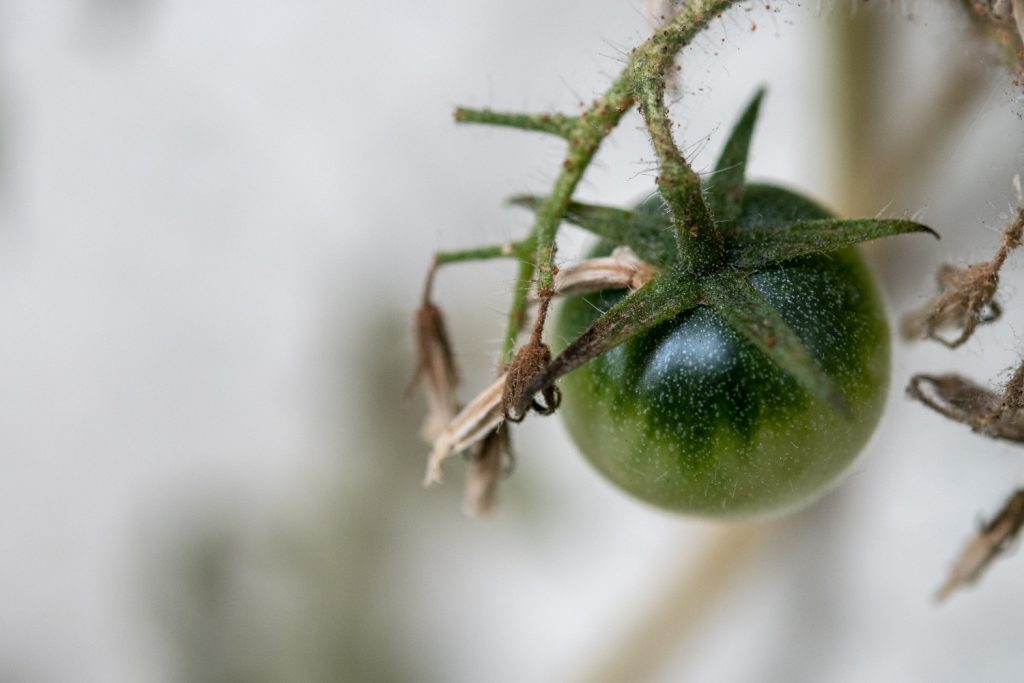
Is bone meal good for other plants, too?
Tomatoes aren’t the only garden veggies that benefit from bone meal. Other nightshades enjoy this fertilizer, too!
Potatoes, peppers, and eggplants also benefit from the added phosphorus and calcium that bone meal provides.
All in all, when used correctly, bone meal can dramatically improve tomato quality and production, and has the potential to enhance the performance of the other plants in your garden as well.
